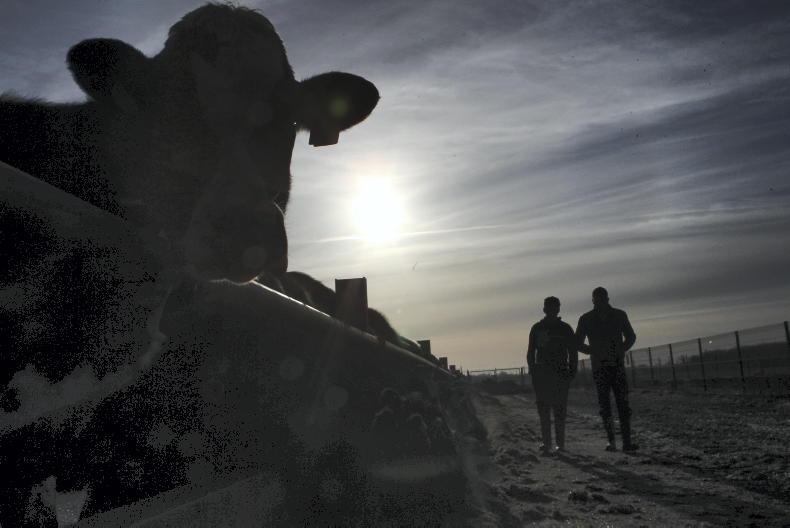The number of farms classed as unviable or vulnerable hit record levels in 2023, according to a new Teagasc sustainability report.
The report, compiled using data from the Teagasc National Farm Survey, showed that just 27% of farms were deemed economically viable last year, while the previous year 43% were viable. This represents the highest level of unviability since the sustainability report began a decade ago.
A total of 52% of dairy farms were considered economically viable in 2023, down from 93% in 2022. Tillage farms also saw a significant drop in their viability, down to 34% from 78% the year previous.
Some 23% of cattle farms were considered viable last year, a drop of 4% year-on-year.
The viability of sheep farms almost halved. A total of 14% were viable, dropping from 27%.
Viability is determined by putting family labour at or above minimum wage and when sufficient income is generated to provide an additional 5% return on non-land-based assets.
In terms of social sustainability, 22% of dairy farms were considered vulnerable in 2023, up from 4% in 2022. Cattle farms stayed the same year-on-year at 32%.
The highest of all sectors, 38% of sheep farms were vulnerable last year, an increase from 26%.
The percentage of tillage farms considered vulnerable more than doubled in 2023 at 25%. A farm is considered vulnerable if there are non-viable income levels without off-farm employment.
Gross margin
While Irish beef farmers’ gross margins on a per hectare basis were up significantly in 2023, family farm incomes on these systems were down.
The gross margin on cattle farms jumped from €754/ha in 2022 to €1,011/ha in 2023. Family farm incomes fell to €348/ha last year from €372/ha.
Gross margin on a per hectare basis exclude subsidies and only account for direct costs such as feed and fertiliser, with overheads including electricity, contractors, vets and fuel not included.
Overall, Irish farmers had a gross margin of on average €1,195/ha in 2023, down from €1,328.






 This is a subscriber-only article
This is a subscriber-only article









SHARING OPTIONS: